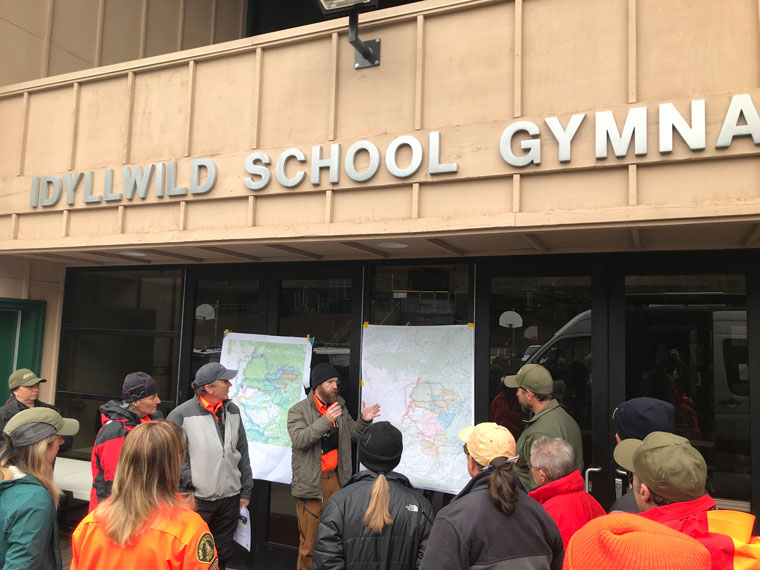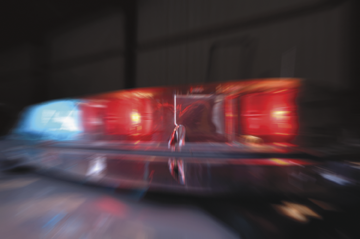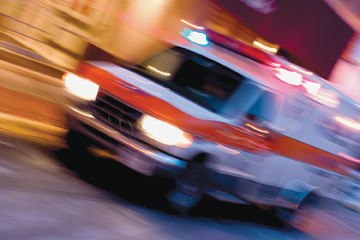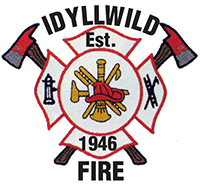The San Bernardino National Forest plans to start prescribed fire operations on its three ranger districts this month and is scheduled to continue through early 2024. The Fire and Aviation Management program considers wind, humidity, temperature and fuel types — such as brush, trees and grasses — when planning and implementing prescribed fires. Other factors include location and resources.
Scheduled prescribed fire activities will be publicized on the forest’s social media and website: https://twitter.com/SanBernardinoNFwebsite; https://www.facebook.com/SanBernardinoNF/ and https://www.fs.usda.gov/sbnf/. As of press time, prescribed burn areas had not been disclosed.
Pile burning is the setting of fire to piles of logs, wood chunks, bark, branches, stumps and brush.
Prescribed burning can be started on the ground by personnel or from the air through helitorch operations. One example is the Thomas Mountain Prescribed Fire, the largest burn planned and managed by the forest in about 30 years. The activity took place in the San Jacinto Ranger District earlier this year and resulted in about 4 square miles being treated.
Areas being treated will be managed by forest wildland firefighters, fire patrols, other staff and a burn boss. The burn boss is a leader who manages and has responsibility over the activity. The community may see personnel, information boards and signs on some roads and other local areas to inform the public of the type of activity. They may also see equipment, such as engines, water trucks, fire buggies, trucks, helicopters, hand-held drip torches, water hoses and hand tools.
Prescribed burns are used to reduce fuels, or combustible material, in forests such as mechanical thinning, prescribed fire and pile burning. Fire managers use prescribed fire to mimic the natural role of fire on the landscape and help maintain or restore ecosystems to a healthier condition and reduce wildfire risk.
Some communities will see smoke in various forms, from thin lines to thick clouds or plumes of smoke. People closer to an activity area might see flames and smell smoke.
Prescribed fire personnel plan for and manage smoke from these fires to avoid adverse impacts on communities, minimize public health impacts, reduce visibility impairment on roadways, and avoid impacting social and local recreation activities. Typically, emissions per acre from a prescribed fire are less than those from wildfire. Prescribed fires offer the opportunity to adjust the timing of fire to optimize where and how smoke disperses.
Many prescribed burns are postponed due to changes in wind and weather. In such a case, a public notification will be released through social media.






